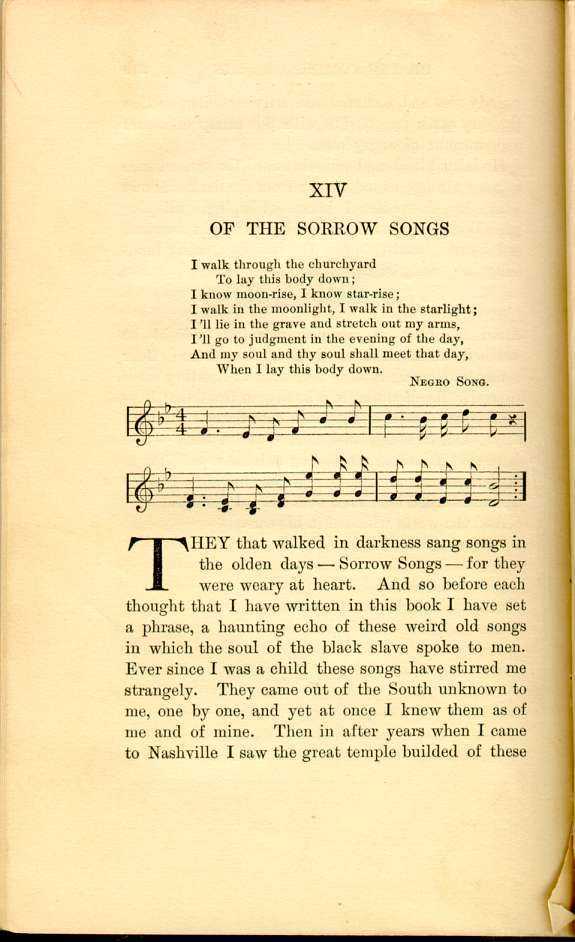In The Flow of Time – October 5, 2025
Laveaux: Dancer is effectively done, like any novel is ever done until it’s published. I am still running chapters by my critique group (wonderful, highly-skilled writer people) and making tweaks, but I’m done. I am off hunting for an agent, about the least fun of this whole process.
One of our critique group (thank you Shlomi!) created the infrastructure for us to share our work. I jumped on that. The process of getting the blog online took me back to the beginning, and all the way to the end. Sorta. I realize, I’m not quite done blogging, I have one more, and this is it.
I can look at the entire effort and see it from above how music and dance are the weave out of which I tell the story. Marie immerses herself in the music and dance of Congo Square (Place des Nègres in the story). There are multiple scenes where she experiences musical instruments and—especially—new dances: Kalinda, Sabar, the Pattin’ Juba. There’s a wonderful scene where she dances with her snake. There’s a chapter where Marie learns that slaves can be racists, and she learns that from a song. It’s a real song.

The rewrite of the back of the story gave me chance for one more. Marie has been arrested, along with many slaves and people of color, in a raid on a religious ceremony she was leading. She is in the cells behind city hall, the calaboose. The antagonist is glorying in his success crushing the Voudou religion. He ignores the singing from the prisoners, but she listens. W.E.B. Dubois called these “Sorrow Songs.”
Once again this is a real song, research popped up perfection, an old slave song from the period. It is sad, plaintive, contemplative, the roots of the blues. It is nighttime, and the moonlight shines into the courtyard of the jail. There is a soloist of sorts, a deep male bass who sings the lyric, followed by a chorus from the other cells. There is call and response, and improvisation throughout, both lyrical and melodic. The lyrics intersperse the action and the scene, one line at a time, from start to finish of this chapter, where Marie is imprisoned, and bailed by her family.
I know the moonlight, I know the starlight, I can lay this body down.
I walk in the moonlight, I walk in the starlight, when I lay this body down.
I walk in the graveyard, I walk through the graveyard, where I’ll lay this body down.
I lay in the grave and stretch out my arms, as I lay this body down.
I go to the judgment in the evening of the day, when I lay this body down.
Our souls will meet in the light of the day, when we lay these bodies down.
She is beguiled by the richness of the harmonies. Men and women are crafting joy out of struggle. The voices play with the reverberations, make a game of fitting notes into echoes to form a counterpoint and create beauty. Simultaneously, she is overwhelmed by a blue melancholy. She hears the infinite longing for peace, with the only reward coming after life. It is a plaint that breaks her heart. She knows these singers, these slaves, and she can’t help but feel that their fate is her own.
That’s Marie, that’s who she is, why she will become the “Mother of the Voudou.” There is no one else.
So I lay this body of work down, and we shall meet on the other side, when I write the next one. Cheers, and thanks for coming along on the ride.




